Sightseeing in Xian: The Terracotta Warriors
Wall to Wall Cities
From the wonderful walled city of Pingyao we set off early in the morning to catch our train to tour in Xi’an, another city in China famed for its walls. Our preference was for a night train, but despite our best efforts we could not get a bed on a train between these two popular destinations at such short notice. So ten hours cramped on hard sleepers in between Pingyao and Xian was our punishment for not doing more planning ahead.
Most people head to Xian for one reason, well if we are being literal its thousands of reasons, but they mostly involve terracotta warriors. We will get to those later but Xian is an interesting destination without the draw of the terracotta treats.
For millennia the city served as capital for many of the old Chinese dynasties, the Qin, Zhou, Han and Tang all ruled from this seat of power. It is no wonder the place is full of historical treasures.
It is another beautifully walled city; had we not just arrived from walking the walls at Pingyao we may well have hired a bike and done the wall top circuit here too. Impressive towers sit on the north and south gates. The Xian city wall claims to be the world’s largest and I wont argue as the thing is enormously high (12M) thick (18M at its base) and long at an impressive 14Km all the way round.
Our hotel was situated at the north wall just by the railway station. On our first day out we walked the full length of the walled city from the northern to the southern gate through some massive shopping areas and malls. The Chinese do love a good mall we are learning.
Once we had reached the southern wall we went in search of the Bell and Drum towers which are two of the key monuments in central Xian. On the way we discovered a great little market. Here you will find a multitude of streets filled with market stalls and shops dedicated to the art of Chinese writing and calligraphy, selling brushes of all sizes and shapes and shops peddling 1,000 different types of rice paper, fascinating.
The towers date from the 14th century, and had we had a clear day, the bell tower terrace gives great views up the main roads towards the southern and northern gate towers of the city wall. The Bell tower is situated at the exact geographical centre of the city. You can just about make the tower out on one of the photos in the gallery if you squint and concentrate hard.
The towers were not that much of a tourist wow to visit, but it was good to get high up in the centre of the city. We were also treated to a Chinese musical performance at the bell tower, not surprisingly it involved bells. Worth a watch, but if you get there at the wrong time I wouldn’t hang around just to see one of the three performances a day.
From here the day got more interesting as we entered the Muslim quarter. Forgive my ignorance, but I was not really aware China had many Muslim influences, well I was wrong and ignorant and there is a thriving community in Xian as well as in many other cities.
We started with a visit to the mosque which looks like no other I have ever seen. There are no minarets or domes on show, but a traditional Chinese set of buildings given over to the Muslim faith that have been here for centuries. It was also the first mosque to be built in China. The buildings are beautiful and only if you look hard will you begin to see the Islamic motifs and writing. It really was a great place to visit.
From here we wandered in the general direction of our hotel and were fascinated by the local Muslim market and food stalls selling a whole new range of food and snacks and we were treated to smells and tastes we had not experienced anywhere else in China.
It was approaching Eid al-Adha and there were lots of worried goats and sheep tied up around the place. Obviously they were to become some part of the feast to celebrate this most religious Islamic day. The buzz around the area was stimulating as people were busy rushing round excitedly. The butchers were doing a roaring trade too by the looks of it. Everyone was going to eat well that evening.
Directions to The Terracotta Warriors
Getting to see this sight by yourself is easy. The hardest bit is finding the right bus stop at the bustling Xian railway station. With the railway main entrance behind you, and the city wall arch in front of you, look East (left) and you will see a group of buses lined up. Wander in that direction until you see a sign with the number 306 on it and probably a long queue of people waiting. Don’t worry the buses are so frequent, you won’t have to wait long before you get a seat. There are plenty of touts here offering a private taxi service. A couple just behind us in the queue paid an astonishing 200 yuan to a tout without even negotiating, I guess that explains why the touts are here. Needless to say we were on the bus in less than 5 mins after they walked off with him.
From there the task is simple:
- get on the bus 306
- pay your seven Yuan fare and stay on the bus till the end
- get off and walk to the Terracotta Army ticket office and buy your ticket.
- decide whether you want to be lazy and pay an extra 5 Yuan for the electric cart to get you from the main ticket office to the warrior pits and you are done.
- Stand back and witness one of the greatest discoveries of the 20th Century
- Walk back via the multitude of stalls selling tacky souvenir warriors and overpriced Chinese food
- Get on the bus and reverse the journey. Just beware, the taxi touts at the Terracotta Army end have changed the direction of the bus sign, and will approach you to take a taxi as you think the bus hasn’t arrived. The bus drivers seem to be in on this scam, just wait by the sign until you see the 306 in the car park and get on.
The terracotta warriors were discovered about 30km East of Xian in the 1970’s by farmers digging for a well. Since that accidental discovery; work unearthing and restoring the fragile sculptures has been going slowly ever since (you will see on your visit they are still very much at it). The task is painstaking as they find small bits of each warrior and then try, jigsaw like, to match them up with what they have in the piles of terracotta in front of them. The finished products are astounding though and it really is a sight that you have to visit to truly appreciate it. The sheer scale and detail on each of the warriors and horses is stunning. Each having different facial expressions and hairstyles.
Quite by accident we ended up doing pits three and two first and were feeling a little bit under whelmed with size and number of restored pieces. This all changed though as we entered the main pit, number one. The place is vast and it has the majority of the restored soldiers and horses lined up, as they were meant to be, when they were buried with the Emperor 200 years before Christ was crucified. Incredible that this funerary art existed in such detail so long ago and my thoughts went to the thousands that toiled in their creation. All in the hope that the army would help the emperor along his way in the after life. If you want the full story, check out Wikipedia
We went it alone around the pits and museum, but there is an audio guide available if you want all the historical detail. In our view the on-site museum will give you enough background for your self guided tour. However, if you want to ask questions of one knowledgeable about the place, hire a guide, you will be spoilt for choice at the ticket office where the guides congregate, expect to pay around 100 – 150 Yuan . Your entrance fee includes the 3 pits and a museum which will set you back 90 Yuan, a bargain we thought. We had a wonderful day at this marvellous attraction, and were flabbergasted at the amount of painstaking work being done on this restoration project. We were just left wondering whether it will ever be completed in our lifetime.
Oh No – Not A Yangtze River Cruise!
As we were leaving Xian we both developed a rather nasty bout of mandarin man flu meaning we spent the last day of our trip in Xian in bed feeling sorry for ourselves before we peeled ourselves out to catch a flight Guilin for what we hoped would be our ‘not the Yangtze’ river trip and a few days in the beautiful Yangshuo.

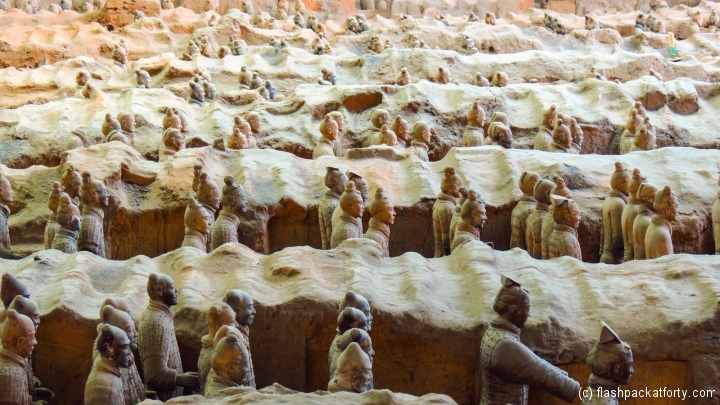
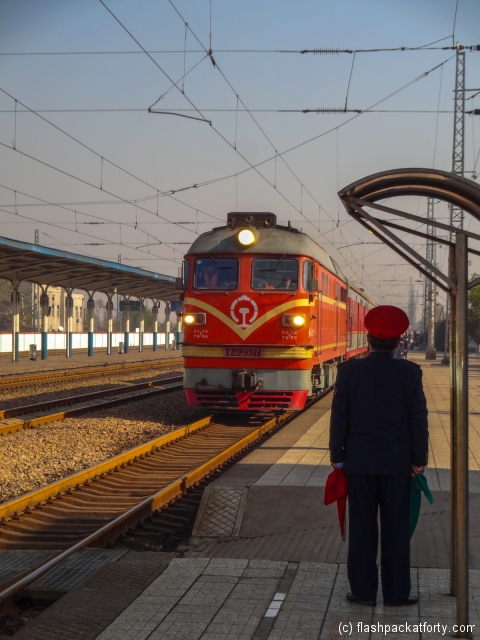
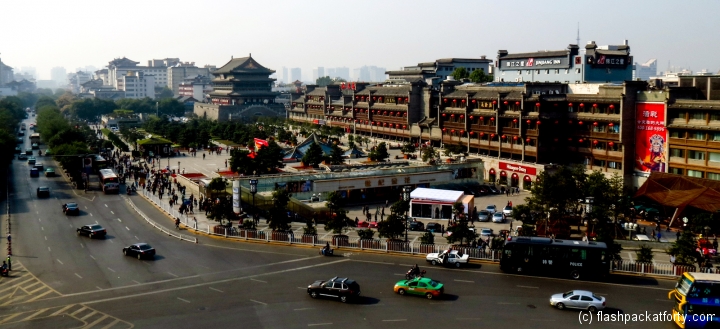
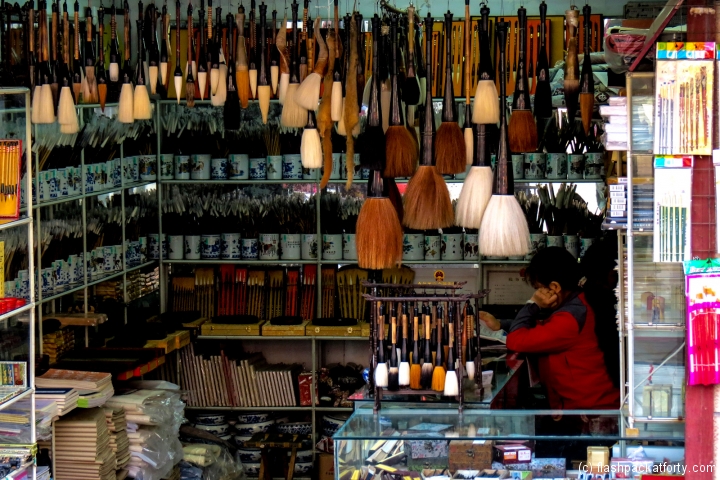
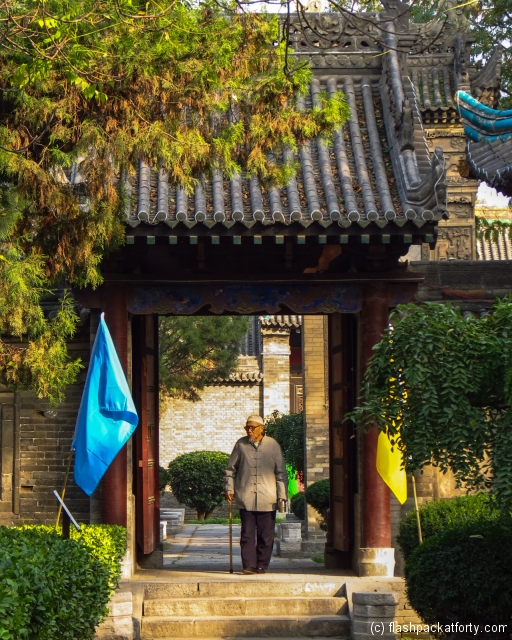
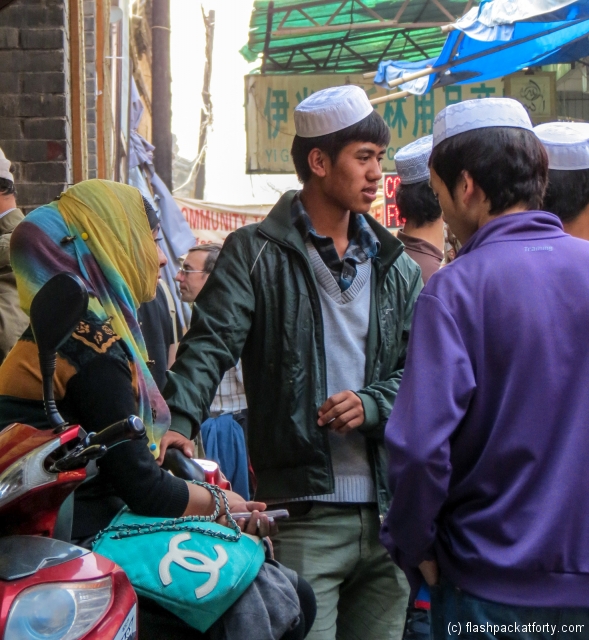
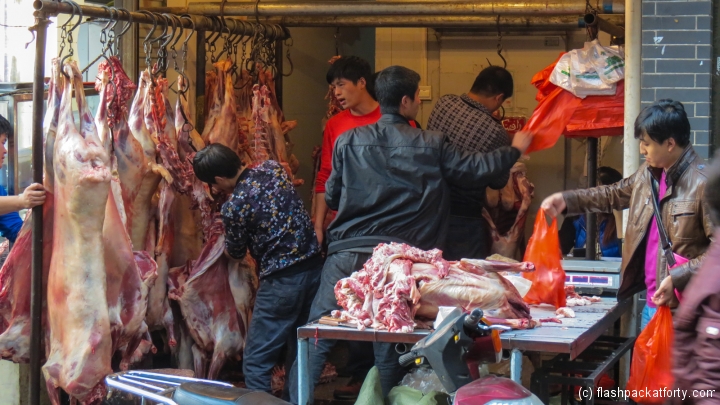
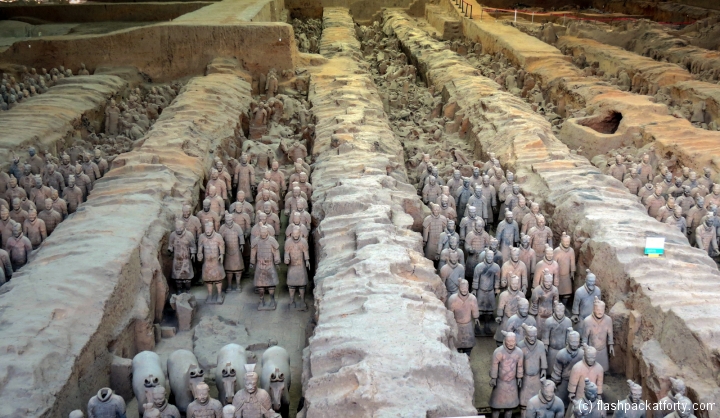

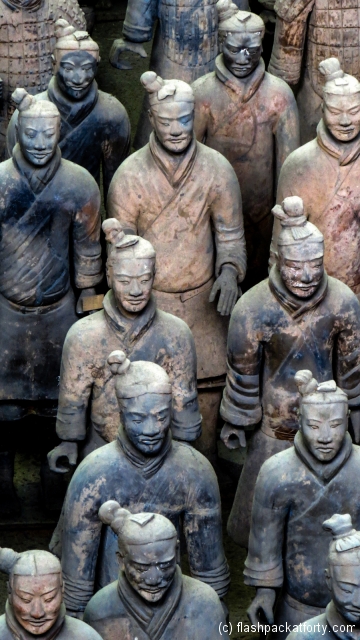

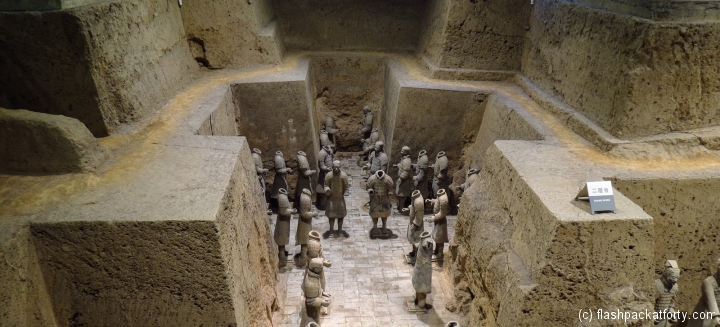
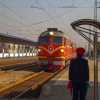
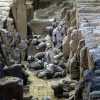
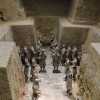
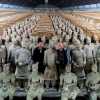
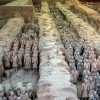
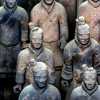
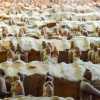
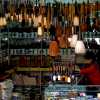
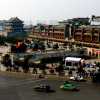
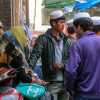
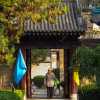
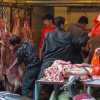
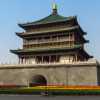
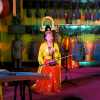
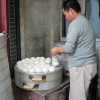
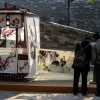

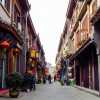



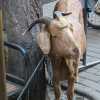
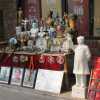
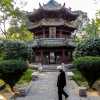
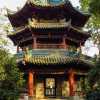
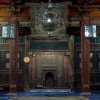
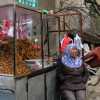

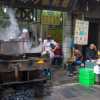

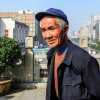

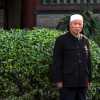
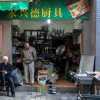
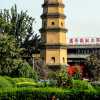



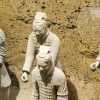
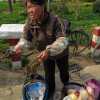


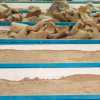
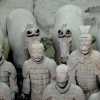

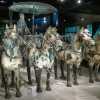

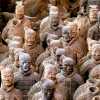
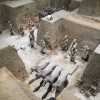
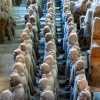
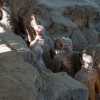

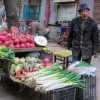
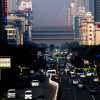
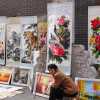
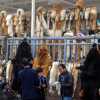

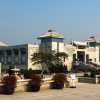











It looks very quiet, I am surprised the terracotta warriors where not much busier?
China was much quieter than we expected in general. Although we did enter the country just after Golden Week, so the holiday period had just finished, I guess that’s why.
Amazing, finally somewhere I am a little bit jealous of you visiting!
Hope all is well, I read all these even if I don’t comment and still loving the photos.
All is very well glad you enjoyed this. The visit here was more impressive than we thought and one of those things that you have to see in real life to appreciate its awesome scale.
I’m living vicariously!
Awsome
Hi,
Great blog.
How did you get down to the pit to get photos with the terracotta warriors? I will be there and interested to find out 🙂
OKi, you can get access all around the pits, so its quite easy to get the shots you want